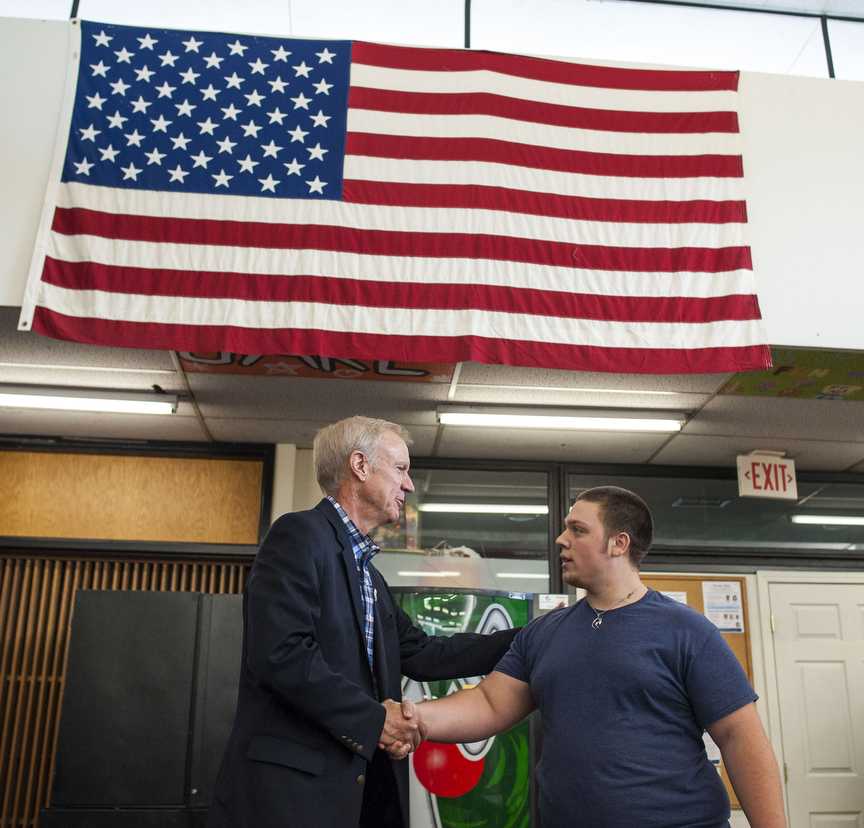Illinois’ pile of unpaid bills could hit record of $14 billion next summer
September 2, 2016
The stopgap budget agreement struck by Republican Gov. Bruce Rauner and Democrats who control the legislature is only adding to the state’s financial problems, according to a new report from Moody’s Investors Service, which estimated the state’s backlog of unpaid bills could reach a new high of $14 billion by next summer.
The main problem? Illinois is spending more than it’s taking in following the rollback of a 2011 temporary income tax increase that’s resulted in revenues dropping by several billion dollars the last two years.
Indeed, the stopgap agreement put off many tough decisions on cuts or tax hikes until after the November election, with much of state government spending essentially on autopilot in the meantime due to legislative action and various court orders.
Advertisement
Under the stopgap budget, expenses jumped 12 percent despite revenues remaining flat, according to Moody’s.
MORE: Obama’s commutations include 8 from Illinois
The agency said it expects Illinois to get by as it has for years: by delaying payments and going further into the red. Without changes, Moody’s said Illinois could see a bill backlog of $14 billion by the time the new fiscal year starts in July, a figure that dwarfs the previous high of $10 billion under former Democratic Gov. Pat Quinn.
As the state struggles to make ends meet, Moody’s raised concerns about payments that are normally prioritized, such as debt payments. Doing so could further impact the state’s already worst-in-the-nation credit rating.
“Moody’s does not anticipate Illinois would suspend its statutory debt service requirements to continue funding operations. But if the bill payment backlog becomes sufficiently large, the state could resort to borrowing from debt service funds for operating needs. That or similar actions would signal a deterioration in Illinois’ credit position,” Moody’s spokesman David Jacobson said.
Asked about the report Wednesday, Rauner reiterated that the stopgap budget agreement wasn’t a balanced spending plan, but a “temporary way to get through the general election.”

His hope is that Democrats will be more willing to cut a deal on portions of his “turnaround agenda,” changes he has argued must come before he’d agree to a comprehensive budget deal that’s likely to include both spending cuts and higher taxes.
Advertisement*
Democrats contend many of Rauner’s proposed changes, such as limiting payouts for workers hurt on the job or changes to what’s covered under collective bargaining, go against Democratic values and would undermine the middle class.
“We came up with some way to keep essential services functioning through the general election. That’s all this is,” Rauner said during a stop in Naperville. “It’s not balanced. Unpaid bill backlog is growing. It’s not growing as fast as it would if we didn’t have the stopgap, but it’s still growing. So this is not a long-term solution. This just gets us through the election.”
___
(c) 2016 the Chicago Tribune
Visit the Chicago Tribune at www.chicagotribune.com
Distributed by Tribune Content Agency, LLC.
Advertisement








